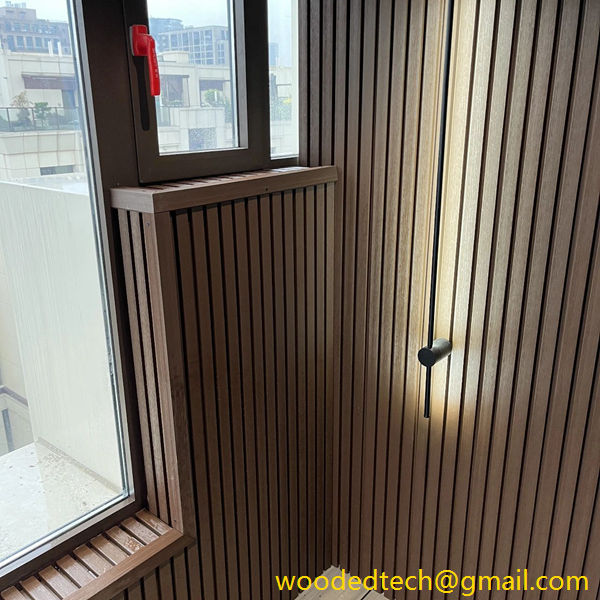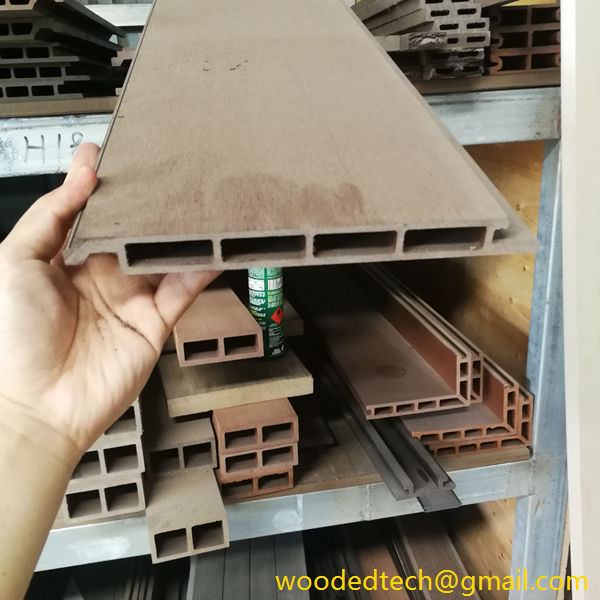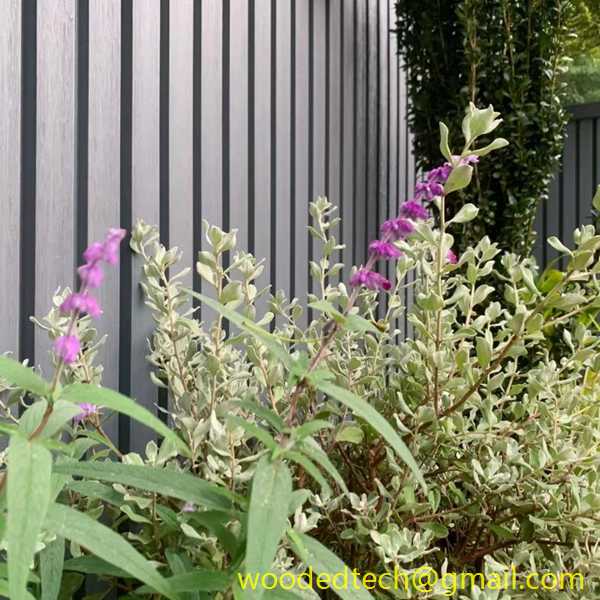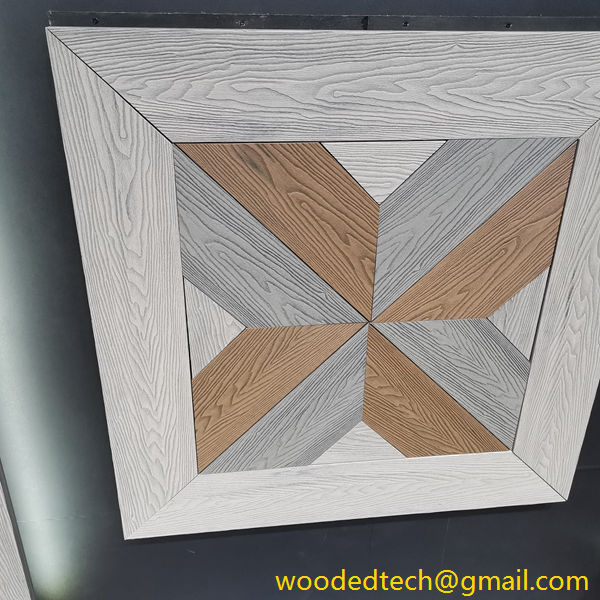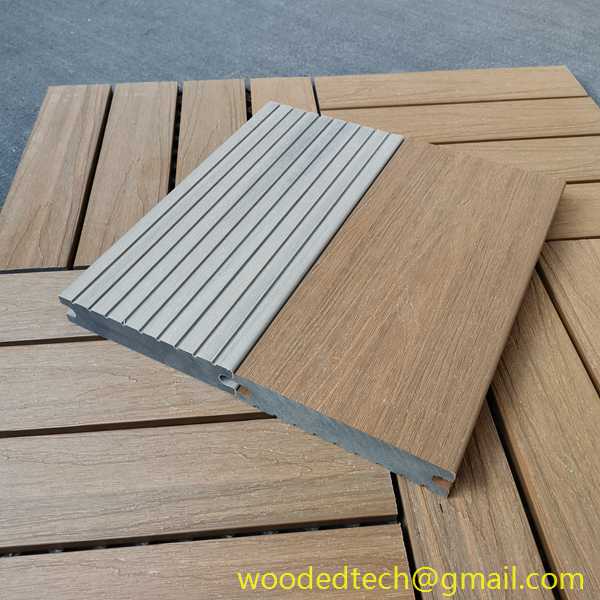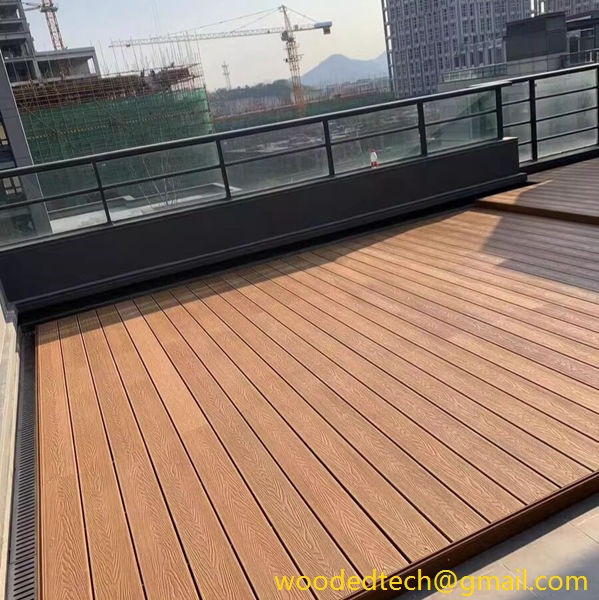WPC Wall Panel Wooden Color Design Ideas
Wood Plastic Composite (WPC) wall panels have gained significant popularity in recent years due to their aesthetic appeal, durability, and eco-friendliness. The production process of WPC panels plays a crucial role in determining their final appearance, including the wooden color designs that are so desirable in interior and exterior applications. This article will explore various design ideas for wooden color finishes on WPC wall panels, while also delving into the materials and production techniques that contribute to these stunning visual effects.
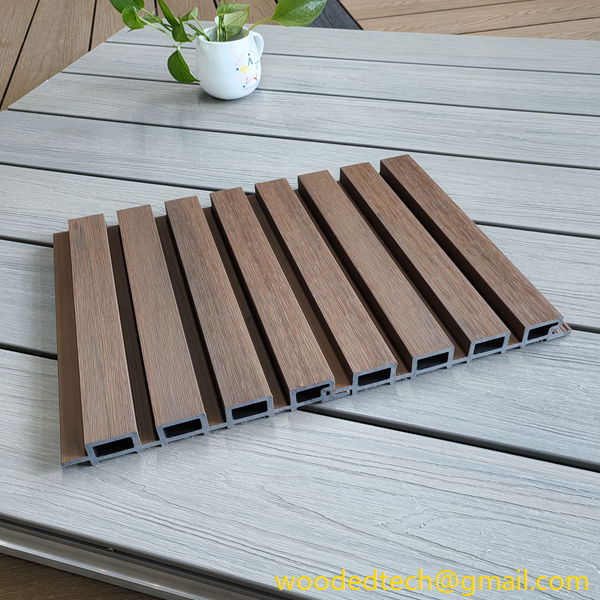
The primary materials used in WPC wall panels are wood fibers and thermoplastics, typically polyethylene or polypropylene. The blend of these materials not only provides the panels with the strength and durability of plastic but also the natural appearance of wood. The production process begins with the careful selection of high-quality wood fibers, which can be sourced from recycled wood waste or new wood. The choice of wood type influences the texture and color of the final product, making it essential to consider the desired look when selecting materials.
Once the wood fibers are prepared, they are mixed with the thermoplastic material in a specific ratio. This mixture is then subjected to a process called extrusion, where it is heated and pushed through a mold to form the desired shape of the wall panel. This stage allows for the integration of various additives that enhance the appearance of the panels, including colorants and UV stabilizers. The inclusion of colorants can give the panels a wide range of wooden shades, from light beech and maple to rich mahogany and deep walnut.
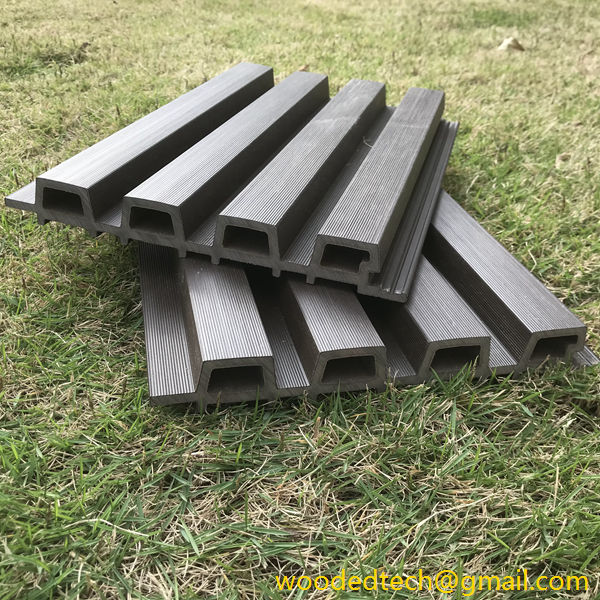
After the extrusion process, the panels are cooled and cut into the required lengths. At this stage, manufacturers often incorporate additional finishing techniques to enhance the wooden color design. One common method is the use of a wood grain embossing technique, which creates a textured surface that mimics the natural patterns found in real wood. This not only adds to the visual appeal but also provides a tactile quality that can make the panels more inviting.
For those looking to achieve a more customized wooden color finish, there are options for secondary treatments. For instance, panels can undergo a staining process where a semi-transparent or opaque stain is applied to enhance the wood-like appearance. This allows for greater flexibility in achieving specific shades and can be tailored to match existing decor or personal preferences. Additionally, manufacturers may offer a range of pre-finished options, allowing customers to choose from a catalog of colors and finishes that suit their design aspirations.
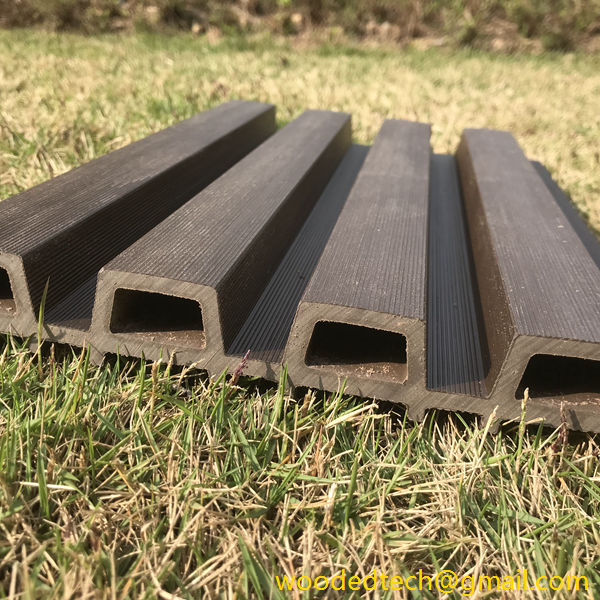
Another innovative approach in WPC wall panel design is the use of unique printing technologies. Digital printing allows for intricate patterns and designs to be applied directly onto the surface of the panel. This means that manufacturers can create highly realistic wood grain patterns or even custom designs that mimic the look of rare or exotic woods. Such versatility opens up a new realm of possibilities for architects and interior designers looking to create distinctive spaces.
When considering the application of WPC wall panels, whether in residential or commercial settings, it is important to think about how different wooden color designs can impact the overall ambiance of a space. Lighter shades can create an open and airy feel, making them ideal for smaller rooms or areas where natural light is limited. Conversely, darker shades can add warmth and elegance, making them suitable for spaces where a more intimate atmosphere is desired.
Moreover, the environmental benefits of WPC wall panels cannot be overstated. By utilizing recycled wood fibers and reducing the need for virgin timber, WPC production helps decrease the overall environmental footprint associated with traditional wood products. This aligns with the growing consumer demand for sustainable building materials, making WPC not only a stylish choice but also a responsible one.
In conclusion, the production process of WPC wall panels is integral to their design and appearance. The careful selection of materials, innovative manufacturing techniques, and finishing processes all contribute to the stunning wooden color designs that are highly sought after in today’s market. Whether through natural wood grain embossing, customized staining, or advanced printing technologies, WPC panels offer a versatile and attractive solution for a variety of applications. As the demand for sustainable and aesthetically pleasing materials continues to rise, WPC wall panels are set to remain a favorite choice for designers and homeowners alike.

